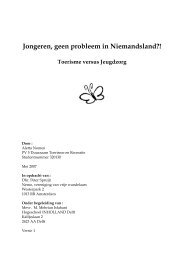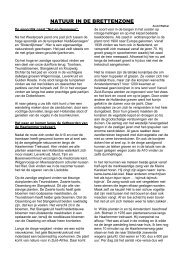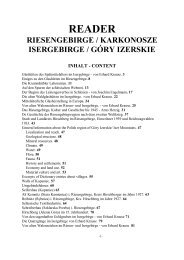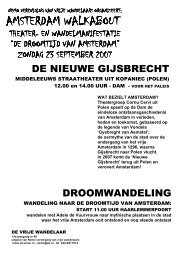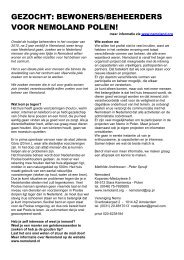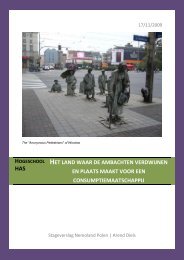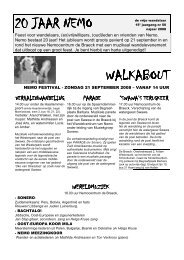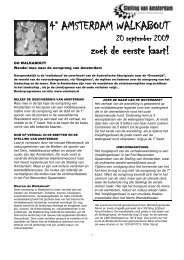Glashütten des Spätmittelalters im Isergebirge - Nemo
Glashütten des Spätmittelalters im Isergebirge - Nemo
Glashütten des Spätmittelalters im Isergebirge - Nemo
Sie wollen auch ein ePaper? Erhöhen Sie die Reichweite Ihrer Titel.
YUMPU macht aus Druck-PDFs automatisch weboptimierte ePaper, die Google liebt.
Antoniów<br />
1.1783 Antoniwald, 1786 Antonienwald, 1947 Antoninów, 1948 Antoniów<br />
2. Until the 40s of the XVIII century a village in jaworski duchy. Till 1815 in bol-lwówecki<br />
district. Until 1973 part of Kwieciszowice in lwówecki district. Until 1975 in Stara Kamienica<br />
council in jeleniogórski district. From 1975 in Stara Kamienica council in Jelenia Góra<br />
voivodship. In 1973 Jaroszyce became part of Antoniów.<br />
3.<br />
4. 247 hectares, composed of 198 arable land, 30 hectares of forest.<br />
5. Small village of scattered structure, in the eastern part of Grzbiet Kamieniecki on the<br />
southern slopes of Swierczek going down to the valley of Kamienica. The surrounding hills are<br />
built of granite and gneiss. Antoniów is located on the altitude of 520-550 m. In the adjacent<br />
area big forest complex with predominance of spruce. The valley part is occupied by arable<br />
land. The lower part of the village connects with Chromiec. In the upper part of the village east<br />
from the buildings Zródło Karola is located.(water spring)<br />
6. Antoniów was founded in the years 1660-1670 as a farm in the property of Schaffgotsch<br />
family. Previously glass workers connected to glass production center in Chromiec and<br />
Piechowice operated here. The farm evolved through the years in a village with scattered<br />
buildings structure with characteristic single farms on the edges of a more compact building<br />
structure in the center. In 1682 the village received its name from the count Antoni von<br />
Schaffgotsch. In 1747 41 yeomen and landless peasants lived here and in 1786 there were 53<br />
of them. Also a paper mill was operating here. In 1840 there were 140 weavers here, 18 other<br />
craftsmen and tra<strong>des</strong>men and a paper mill, sawyers, mill for oak bark and water mill. In 1976<br />
there were 37 farms and in the last years the number of people maintaining themselves from<br />
non agricultural sources grew twice.<br />
7.1. By the road a wooden belfry with stack roof. Built on the turn of the XIX century.<br />
7.2. The village has maintained completely the original structure and building composed of<br />
differently formed farms. Numerous houses with przysłupowa, sztachulcowa, zrebowa<br />
konstrukcja, *, and mixed construction mostly from the 3rd and4th quarter of the XIX century<br />
, numbers 32-35.<br />
8. Until 1945 there was the refuge Kromerbaude in Antoniów with 12 beds in 5 rooms.<br />
Currently part of summer holiday camp.<br />
Międzylesie (means in Polish: Between woods)<br />
1. 1747 Ramberg, 1825 Ramrich, 1945 Gogolice, 1960 Miedzylesie.<br />
2. Part of the village Kopaniec.<br />
3. Together with Kopaniec.<br />
4. Included in the area of Kopaniec.<br />
5. Hamlet of the village Kopaniec situated on the altitude of 460-480 m. It was founded at<br />
the mill at the river Kamienica at the feet of Trzciniak (Ramberg).<br />
6. In the first half of the XVIII century a hunters house was located here in the property<br />
of the Schaffgotsch family. Later a mill was built as well as a settlement. In 1978 there were 6<br />
farms in Międzylesie.<br />
-56-



